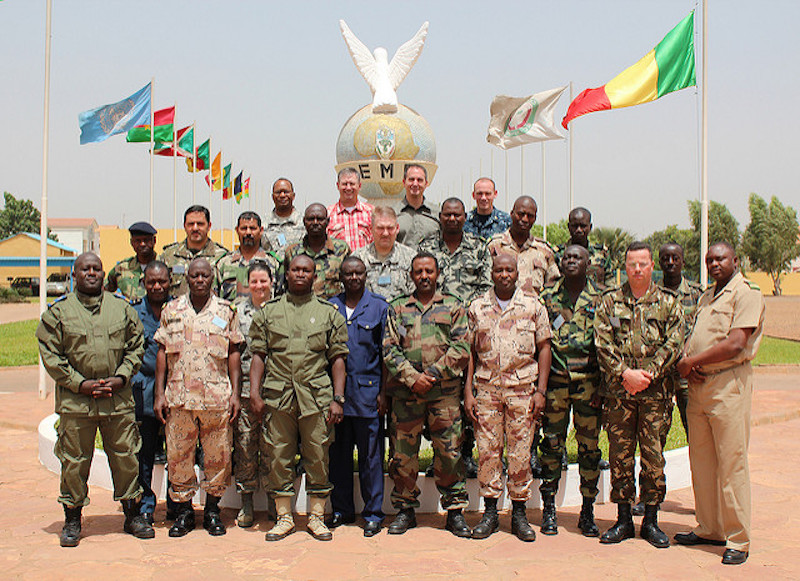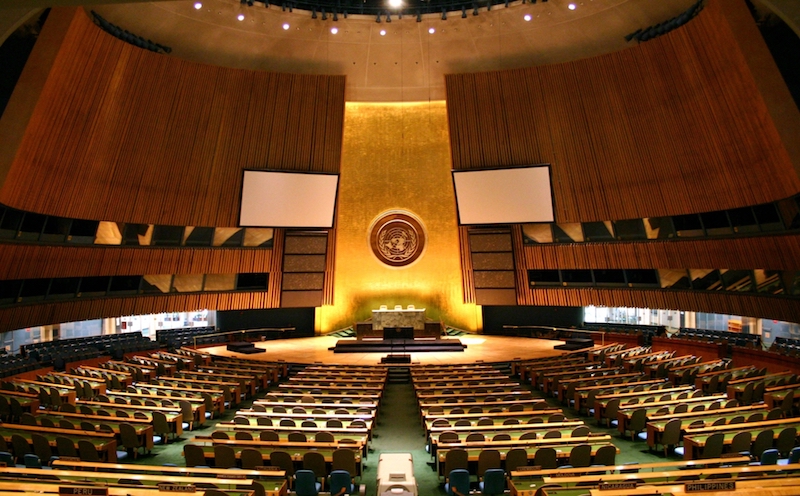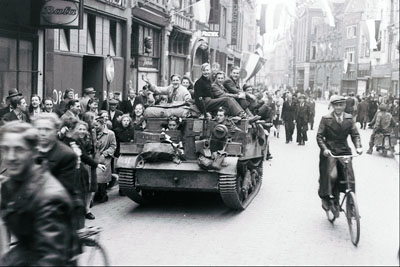The nature of warfare evolves over generations and as a result, military doctrines must be subsequently updated. It is essential that modern armed forces are cognisant of the particular and precarious obstacles inherent in diverse military theatres. The use of child soldiers has been a mainstay of armed conflict since time immemorial, however the progression of modern ethics and demands to legally protect children have resulted in formal procedures on how to manage underage combatants. Ahead of its impending UN peacekeeping mission to Mali, the Canadian Armed Forces (CAF) is finalizing the CAF Child Soldiers Doctrine.
The Canadian Precedent
The completion of the Child Soldiers Doctrine means that Canada will become the first country in the world to have developed battlefield guidelines for dealing with child soldiers. While there have been protocols already in place, an all-encompassing reference is vital in a time when international media and human rights organizations vigorously critique armed engagements. It is a document that required time and consultation not only with keen military minds but with those who advocate on behalf of children in war zones, such as the Roméo Dallaire with his Child Soldiers Initiative. This was especially important as Canada was set to send 600 troops to the MINUSMA (United Nations Multidimensional Integrated Stabilization Mission in Mali) to replace Dutch leadership tasks of the peacekeeping operation. In this role, the CAF were expected to offer supplementary protection to fellow peacekeeping forces and transport these forces by military helicopters.
Mali has been a dangerous assignment as 106 peacekeepers have been lost in numerous attacks since the establishment of the UN mission in 2013. Instability and political insecurity have plagued the western African country since 2012 when Islamic militants linked to Al-Qaeda seized power in northern areas. As a result of this political climate, tribal rivalries developed yet again. All of this contributes to a complex peacekeeping operation and Mali presents the further difficulty of how to deal with child soldiers during wartime.
Child Soldiers in Mali
Two major armed factions behind the insecurity in Mali, the Islamic terrorist organization Ansar Dine and Tuareg rebels from the National Movement for the Liberation of Azawad, are responsible for the recruitment of hundreds of underage combatants. While there have been reports of families and school officials selling children to Islamic groups, other children are lured by prospective wages. Not all children engaged in warfare perform the roles of soldiers as some act as lookouts, messengers or are trapped in sexual slavery.
Recently, the French military faced criticism and an ongoing investigation over the killing of a 10 year old boy they thought was a lookout for extremists near Tigabatene. Further, Malian government officials have been condemned for their harsh detainment of children accused of being rebel fighters. A change in military guidelines will not solve the internal issue of the recruitment and abuse of children in war zones, but it does identify it as a problematic variable and better prepares Canadian troops for challenging situations on the ground. The violent nature of the peacekeeping operation and the use of child soldiers in Mali present the CAF with a multifaceted assignment that requires critical forethought.
Canadian Precedent and Its NATO Allies
The development of the Child Soldiers Doctrine places Canada among the forefront of NATO membership in relation to this complex issue. NATO has been in the process of amending its guidelines for Children and Armed Conflict for missions that fall under its multinational umbrella, but the fact remains that its individual member countries do not have applicable standards. Both the UK and France have similar policies for their military personnel in development but they are nowhere near a finished document.
This presents Canada with the unique opportunity to set a precedent that can be adapted and applied throughout key peacekeeping countries. The Canadian example and its expected primary application in Mali offer an impetus and insight to its fellow NATO members that can positively influence the direction of subsequent conventions relating to child soldiers. NATO and individual countries have the opportunity to look at the Canadian model to adopt similar protocols and advance an enhanced framework in the future.
Military theory is dynamic and must shift not only to suit the generational changes in warfare but the evolution of societal principles as well. The military theatre constantly places Western armed forces in locales where they will continue to encounter ethically challenging situations and it is only right that doctrine evolves to prepare personnel. Peacekeeping operations in Mali present the CAF with a preliminary assessment of its Child Soldiers Doctrine in practical terms. It can be argued that Canadian troops have been presented with a more refined understanding of the use of child soldiers than in previous engagements, but there is a grander value to this specific doctrinal development. By being the first example in the world, Canada has provided a reference for other countries to adapt and improve military standards in regards to this difficult issue.
Photo: Mali and the UN (2011), by US Army Africa via Flickr. Licensed under CC by 2.0
Disclaimer: Any views or opinions expressed in articles are solely those of the authors and do not necessarily represent the views of the NATO Association of Canada.




